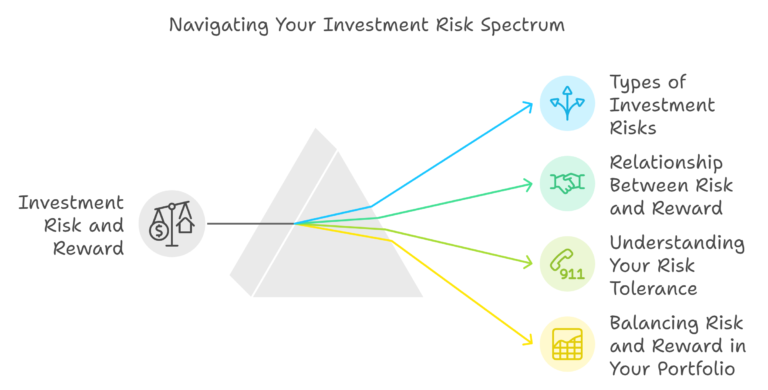Introduction
In the ever-evolving landscape of investing, where trends flicker like candle flames in the wind, one philosophy stands the test of time: value investing. Rooted in the wisdom of Benjamin Graham and further popularized by Warren Buffett, value investing isn’t just a strategy; it’s a mindset, a disciplined approach to uncovering hidden gems in the market. At its core lies the diligent examination of company fundamentals, with a particular focus on price-to-earnings (P/E) multiples, guiding investors to unearth diamonds in the rough.
Understanding Value Investing
Value investing isn’t about chasing the latest hype or riding the wave of speculative fervor. Instead, it’s about seeking out undervalued assets that have the potential to yield long-term returns. This approach hinges on the belief that market inefficiencies occasionally lead to mispricings, offering astute investors an opportunity to buy stocks for less than their intrinsic value.
The Power of P/E Multiples
Central to the value investor’s toolkit is the price-to-earnings (P/E) ratio, a metric that measures a company’s current stock price relative to its earnings per share (EPS). A low P/E ratio suggests that a company’s stock is undervalued compared to its earnings potential, while a high P/E ratio may indicate an overvaluation. However, interpreting P/E ratios requires context and careful analysis of industry norms, growth prospects, and broader economic trends.
Unveiling Intrinsic Value through Fundamental Analysis
Value investing goes beyond simply glancing at P/E ratios; it entails a deep dive into fundamental analysis. This involves scrutinizing a company’s financial statements, assessing its competitive positioning, evaluating management quality, and projecting future cash flows. By delving into the nuts and bolts of a business, value investors aim to ascertain its intrinsic value, the true worth of its underlying assets and future earnings potential.
The Margin of Safety: Protecting Against Downside Risk
In the world of value investing, preservation of capital is paramount. That’s where the concept of the margin of safety comes into play. By purchasing stocks at prices significantly below their intrinsic value, investors create a buffer against market volatility and unforeseen downturns. This margin of safety serves as a shield, safeguarding investments from the erosive forces of uncertainty.
Embracing Patience and Discipline
Value investing is not for the faint of heart. It requires patience, discipline, and a willingness to swim against the tide of popular sentiment. While the allure of quick gains may tempt some, value investors remain steadfast in their commitment to the long game. They understand that true wealth accumulation is a marathon, not a sprint, and they are willing to wait for the seeds of value to blossom over time.
Conclusion
In a world of fleeting trends and fleeting attention spans, value investing endures as a beacon of stability and sound judgment. Armed with the tools of P/E multiples and fundamental analysis, investors can navigate the labyrinth of the market with confidence and clarity. By adhering to the principles of value investing—seeking out undervalued assets, embracing the margin of safety, and practicing patience and discipline—investors can forge a path to sustainable wealth creation that withstands the test of time.





